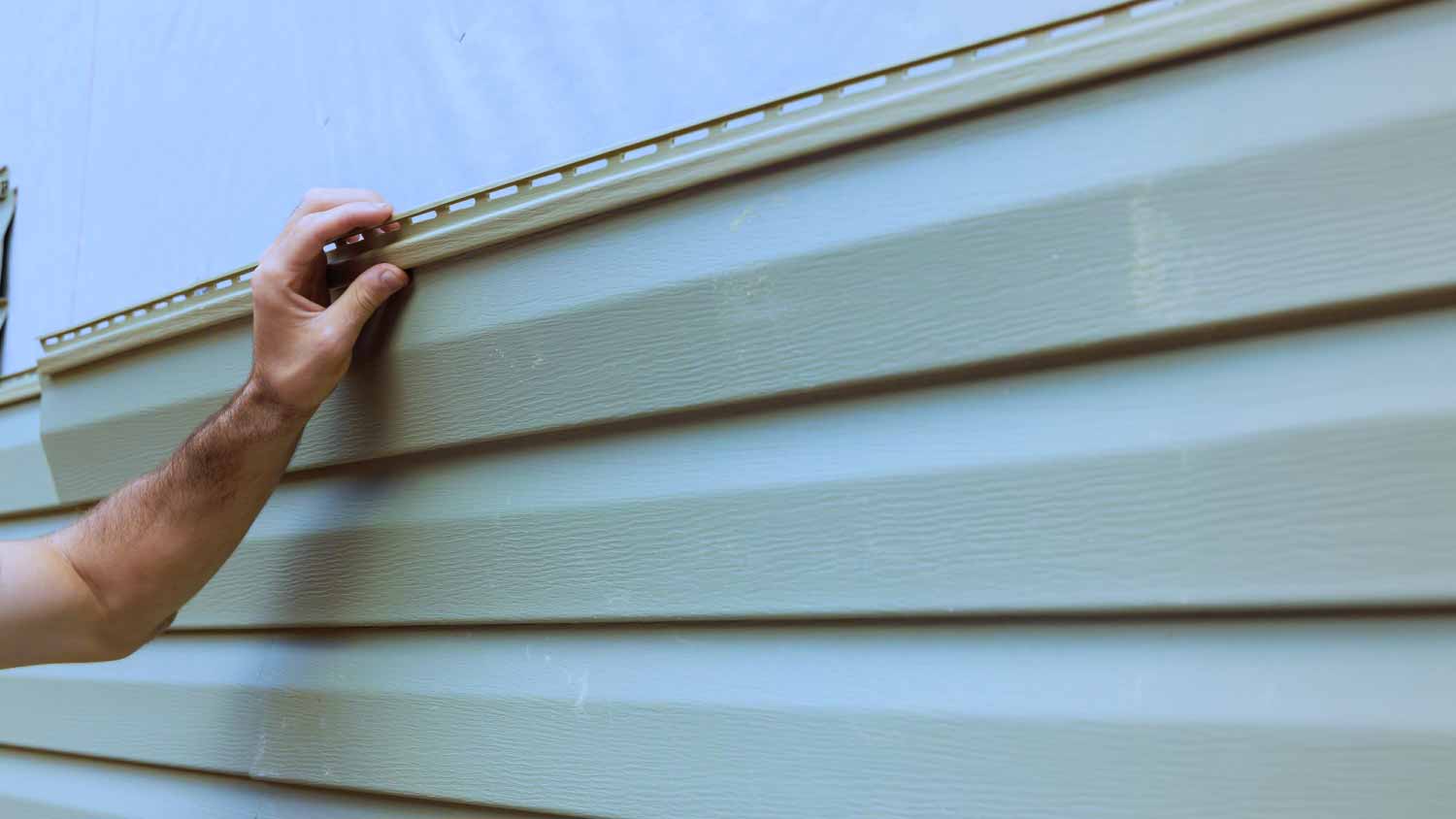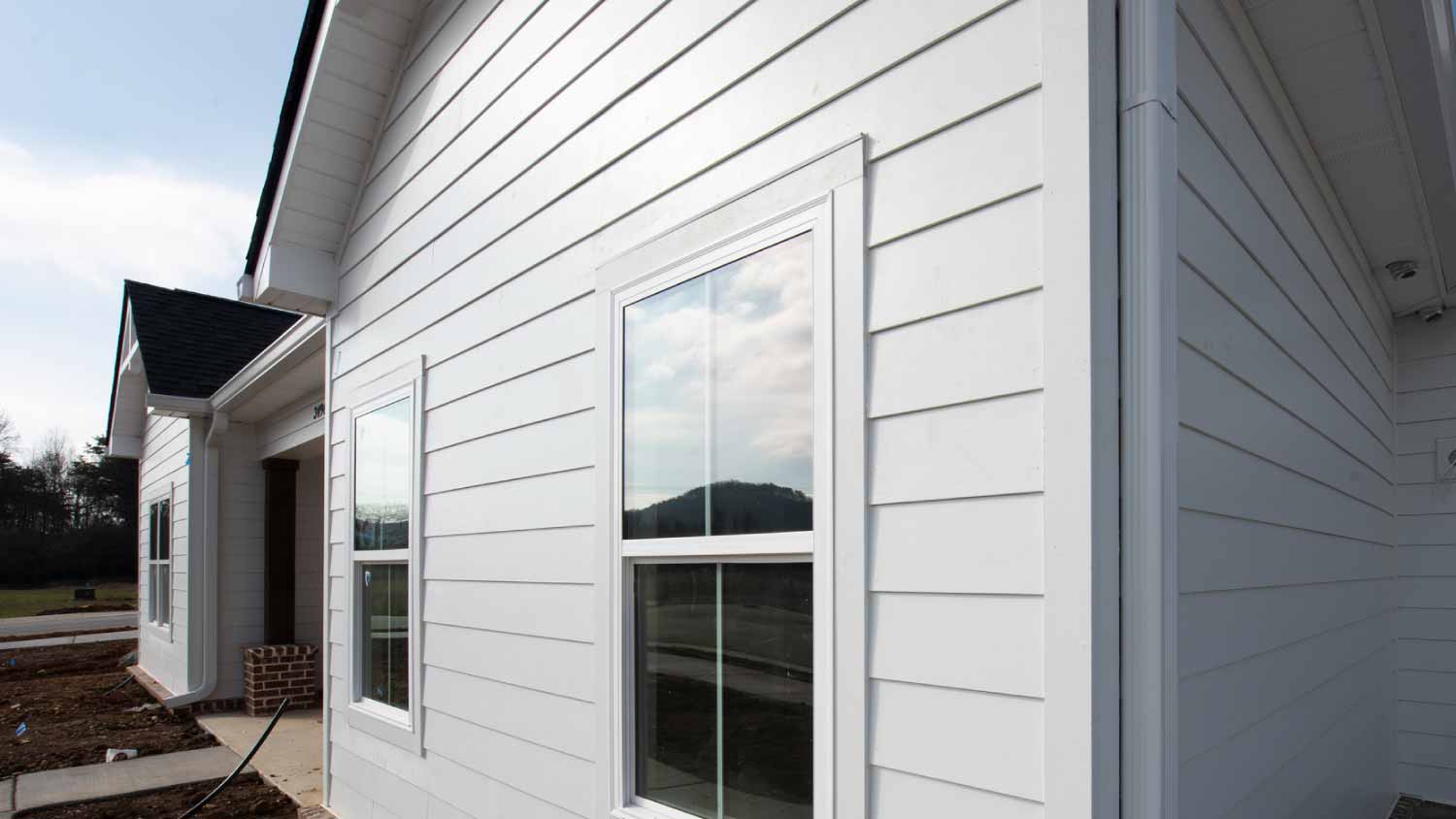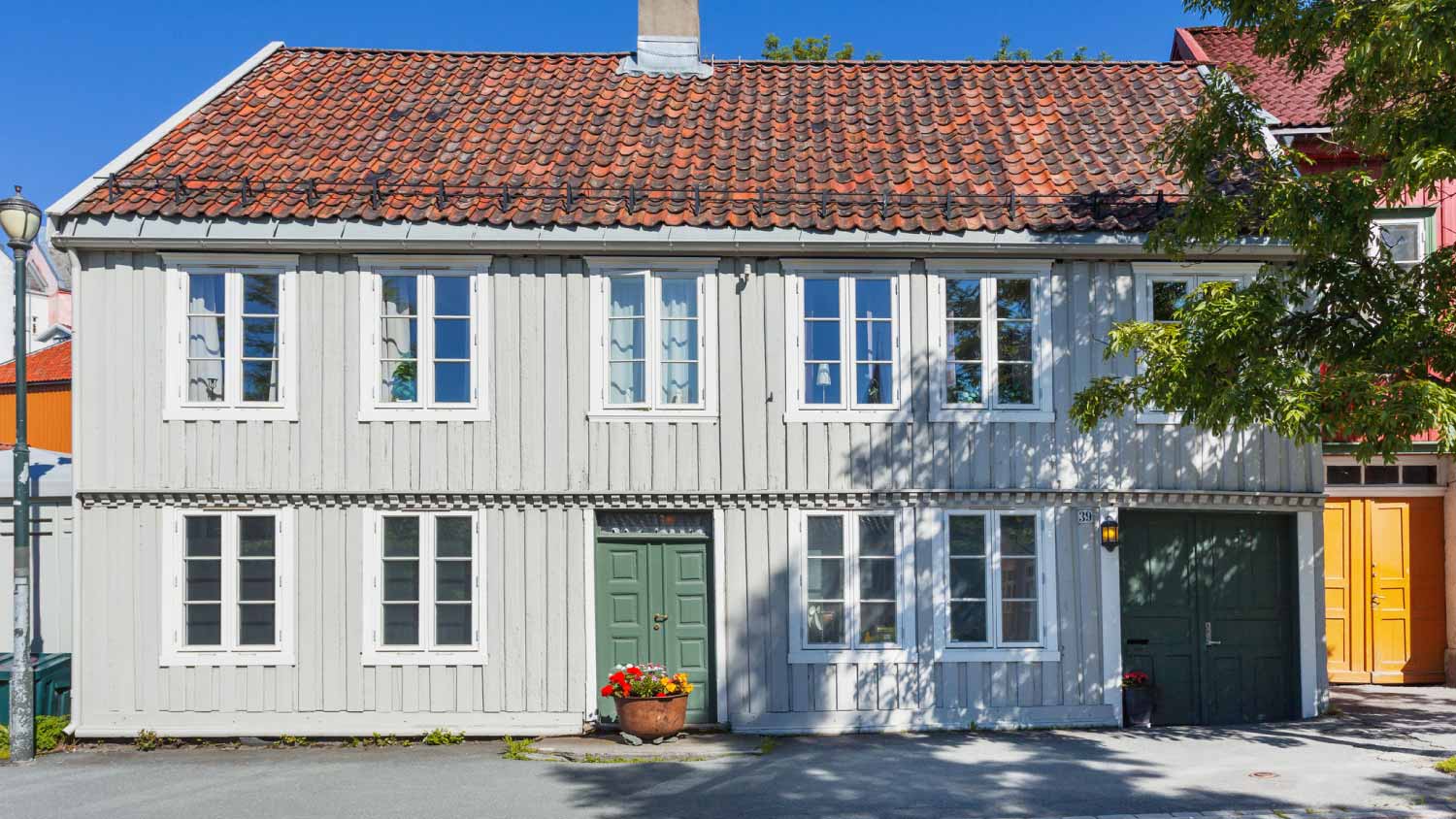
Vinyl siding boosts home value in Chicago with better curb appeal, water protection, and energy efficiency. Explore Chicago vinyl siding installation costs.
One adds extra edge to your siding, while the other remains a timeless staple


Dutch lap siding features boards with a beveled edge, while clapboard siding is flat and works best for traditional homes.
Dutch lap siding installation is more labor-intensive and expensive to install than clapboard siding.
Clapboard siding doesn’t provide as much insulation to a home’s exterior as Dutch lap siding.
Both siding options come in a variety of colors and materials, making it easy to customize.
In the quest for curb appeal, Dutch lap and clapboard siding go toe-to-toe with each other in terms of pros and cons. While Dutch lap is a more detailed type of siding, clapboard is often less expensive and more widely used. If you're weighing these two knock-out siding options against each other, our guide can help you decide which type makes the most sense for your home’s facade.

The main difference between Dutch lap and clapboard siding is that Dutch lap boards have a beveled top edge on each board, while clapboard siding is flat. This feature allows Dutch lap siding to have a shadow effect, giving it more dimension and texture. The other major difference is the way in which the siding is installed, with Dutch lap siding requiring a more labor-intensive installation that should be done by your local siding contractor.
When taking on this project, expect questions only a pro can answer. With our network of local pros, you'll get the job done and your questions answered—without the hassle and stress of doing it yourself.

Introduced in the 1800s, dutch lap siding is a variant of clapboard siding that features a concave face and notch at the end where the boards overlap. Although it was originally hand-carved, Dutch lap is now available in a variety of materials. This type of vinyl siding creates more depth and texture than traditional clapboard siding.
| Pros | Cons |
|---|---|
| Durable | More expensive |
| Low maintenance | Requires professional installation |
| Energy efficient | Tricky repairs |
Best for:
Colonial, Greek Revival, Victorian, or Gambrel-style homes
Light-colored homes to emphasize shadows and texture
Dutch lap siding is highly durable due to its moisture resistance and ability to stand the test of time. Plus, it’s low maintenance. You won’t need frequent paint touch-ups or monthly cleanings with Dutch lap, which can help make its higher price tag pay off. This type of siding comes in insulated options, making it beneficial to both the interior and exterior of your home due to its energy efficiency.
The downside to Dutch lap is that it’s often pricier than clapboard due to its installation requirements. You can expect to pay $2 to $7 per square foot for Dutch lap siding. Its curved edges necessitates the help of a professional contractor, so even an expert DIYer won’t be able to save a few bucks by taking on labor themselves.
Dutch lap siding can also make for tricky repairs, even if only one board is impacted. Due to the way the boards are secured, one damaged board may require the removal of several, which can be more costly.

Originally made from wood, clapboard siding is made of long, flat panels that slightly overlap. It’s one of the most common types of siding used in the U.S. and comes in a variety of colors and materials. While often used on more traditional homes, it can also be used on modern homes as it is versatile in style and customization.
| Pros | Cons |
|---|---|
| Less expensive | Lack of depth |
| Low maintenance | Less insulation |
| DIY-friendly | Not as eco-friendly |
Best for:
All types of traditional and modern homes
Homeowners who are skilled DIYers with lower budgets
Because clapboard siding is more basic (in the best way), it’s easier to install so long as you have the DIY skills and tools required. This also makes it a more budget-friendly option, as installation doesn’t have to be completed by a professional who will charge more for labor. You can expect to pay $2 to $25 per square foot for the cost of clapboard siding installation. Clapboard is also a more low-maintenance siding, as it doesn’t require frequent repainting and can be cleaned easily with soap and water.
Since clapboard siding is made of flat boards, it won’t give your home’s exterior a ton of character or dimension, like Dutch lap. It also doesn’t provide the outside of your house with as much insulation, which may be an issue if you live in a climate with heavy precipitation throughout the year. If sustainability is a priority for you, vinyl clapboard siding is not biodegradable and therefore isn’t as environmentally friendly as other materials.
Now that you know the differences and pros and cons between Dutch lap and clapboard siding, it’s time to put them to the test. We’ve weighed the characteristics of both to let you know which option wins the match in a variety of categories.
Both types of siding are similar in appearance, but Dutch lap adds more depth to what could be otherwise plain or simple boards. The beveled edge provides added detail that can bring more dimension and character to your siding, especially if you have an older-style home.
While both Dutch lap and clapboard siding come in a variety of durable materials, Dutch lap tends to have the edge (pun intended) over clapboard in terms of longevity. Because its boards are curved, Dutch lap siding is less likely to harbor mold or mildew due to moisture accumulation. If you live in a region with heavy storms or regular rainfall, Dutch lap may be a better siding option for you.
Although the cost of your siding will largely depend on the material you select, clapboard siding tends to be less expensive to install due to its straightforward lines. The cost of clapboard siding ranges from $4,200 to $5,800.
The simple, flat panels of clapboard siding make it easier for a seasoned DIYer to install with the help from a friend (or two). Dutch lap, on the other hand, requires professional installation.
While the material you choose makes the most difference in its eco-friendliness, Dutch lap siding tends to be more sustainable and energy-efficient as it comes in insulated options that can lower the cost of heating and cooling the inside of your home.
From average costs to expert advice, get all the answers you need to get your job done.

Vinyl siding boosts home value in Chicago with better curb appeal, water protection, and energy efficiency. Explore Chicago vinyl siding installation costs.

New siding improves curb appeal, increases home value, and insulates your home. Learn about fiber cement siding installation costs in Chicago.

Not sure how much vinyl siding costs? To prepare your budget for an upcoming siding project, read on to learn about average supply and labor costs.

Discover the pros, cons, and everything else you need to know about insulated vinyl siding.

Frieze board can transform a home by adding depth and style. Keep reading to learn what frieze board is and how to use it to enhance your home’s appearance.

The siding style you choose can enhance your home’s exterior aesthetics and curb appeal. Explore the differences between lap siding and board and batten.